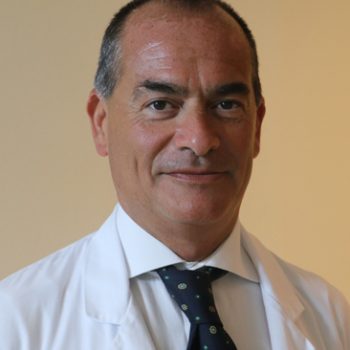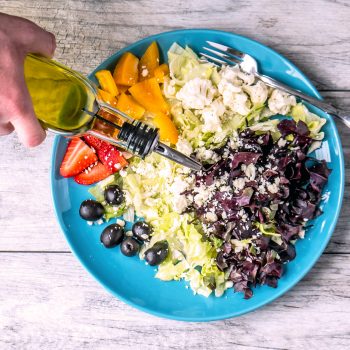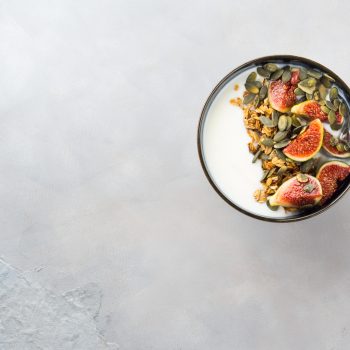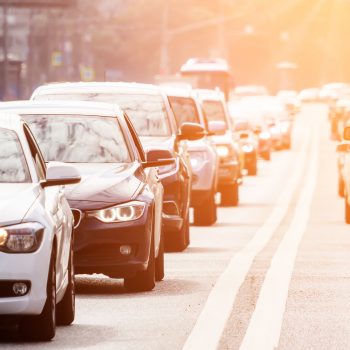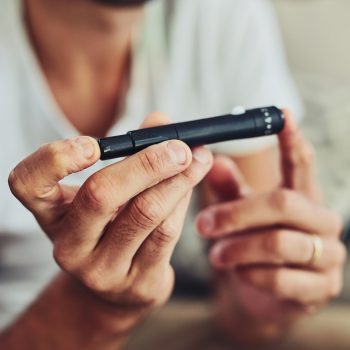Diabetes never disappears on holiday, but those who suffer from it can spend a good summer, without any kind of limitation, even on the type of holiday chosen, following only simple measures to prevent heat and implementing more physical activity can alter the metabolic compensation. “Talking about holidays with your diabetologist helps to adapt the therapy, pharmacological and otherwise, to the type of holiday and type of physical activity, compatibly with the physical condition of the diabetic patient. In fact, adapting therapy and diet, even the diabetic patient can take holidays that include hiking, long walks and bike touring, that is, long bike trips are in fashion today even among the older population, or adventure and exotic holidays, without limitations. Although each patient has different needs and needs specific advice, also related to the type of holiday, however you can avoid hypoglycemia, the most feared clinical emergency, paying attention to:
– Preparing a backpack/bag with: therapy and blood glucose monitoring devices stored in a small heat bag.
– Avoiding exposing your rucksack and heat bag to heat (keep in the shade) as this may affect the reliability of your blood glucose monitoring devices. In the summer or on the beach, store the insulin you already use in your heat bag, while spare insulin should be stored at lower temperatures between 14-16 degrees in a small fridge bag.
– Putting one or more sachets of sugar in the backpack to be used in case of emergency (hypoglycaemia), a packet of crackers or breadsticks, and a bottle of fresh water, to avoid dehydration by heat or physical activity. Warning: do not keep the sugar bag in your pocket or wallet as it could melt in the heat and no longer be used in case of emergency.
– Avoiding changing the diet, and follow a Mediterranean diet as much as possible rich in fresh vegetables, legumes, whole grains, fish and little meat, dairy products, and fruits
– Avoiding tours or prolonged physical activity under the sun: the risk is hyperglycemia and dehydration, or hypoglycemia (clinical emergency). Alert your fellow tour mates of your condition as a diabetic; show where you keep water and sugar for emergencies
– Drink and stay hydrated: especially in the elderly, dehydration can lead to hyperglycemia, i.e. high blood glucose values, which can lead to an increase in diuresis (osmotic, due to the presence of sugar in the urine), with loss of free water and electrolytes such as sodium and potassium.
Hypoglycemia: here’s what to do
Early symptoms of hypoglycemia, which can occur with sweating, blurred vision, dizziness, tremors, tachycardia, tiredness or excessive hunger, require prompt intervention, even asking for help from people close by. “Take one or two sachets of sugar immediately,” continues Dr. Cesare Berra, “to give the body the glucose it needs to be able to increase blood sugar levels in a short time. As an alternative to sugar, dissolved glucose vials are available in pharmacies and are immediately available in known amounts (15 g). Subsequently, it is important to eat complex carbohydrates, such as a packet of breadsticks or crackers.
Hyperglycemia: here’s what to do
Not only the type of nutrition, but also heat and dehydration can increase blood sugar levels in diabetic patients, triggering a vicious circle. “In particular, the elderly diabetics are more likely to experience dehydration because of the heat – continues the expert – which can increase blood sugar levels significantly, aggravating dehydration. This entails a higher risk of developing genital-urinary tract infections or hypotensive phenomena, i.e. reducing pressure below normal values, especially when taking pressure medications. Therefore, if in general it is important to keep hydrated when it is hot, it is even more important for people with diabetes, especially if they are hypertensive.
Therefore, in case of high or moderately high and frequent levels of hyperglycemia, in addition to drinking fresh water, the advice is to contact your diabetologist for an evaluation of the therapy as well as to identify any causes. In addition, based on the other pathologies associated with diabetes that the patient has, the doctor will assess the opportunity and the amount of water that the person should take during the day.
Diabetes: a passport for drugs and devices on holiday
Finally, if you are on holiday abroad or need to fly, you should remember to have a “passport” for medication, insulin and blood glucose measurement devices. “It is a certification of the diabetologist that attests “personal use” and therefore the need for the patient to keep them with him especially during long journeys by plane, train or ferry – concludes Dr. Cesare Berra – and to be exhibited whenever it is necessary to submit to security checks, as it is at airports.

